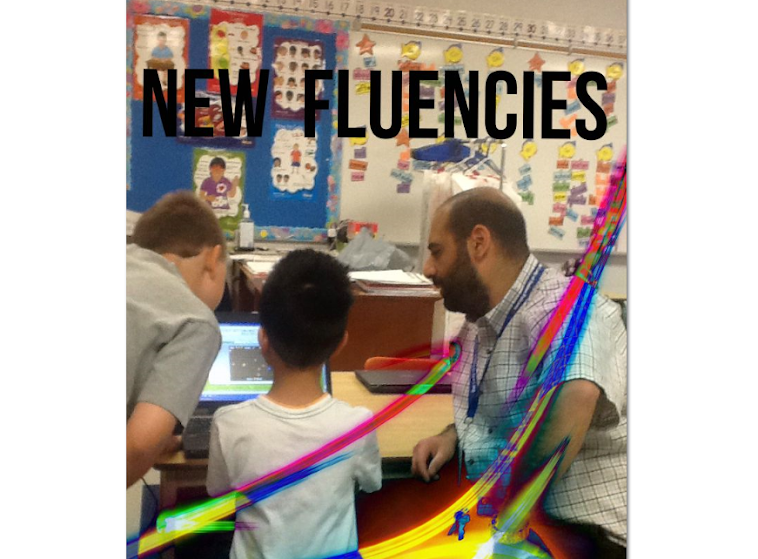I recently discovered and learned about smartpens thanks to Aviva Dunsiger (@Grade1) and Zoe Branigan-Pipe (@zbpipe). I consider them to be master tech-integrating educators who find the time to share their amazing work on Twitter and a website called Live Learning with Livescribe. Since discovering the 'smartpen' - which is a pen that records audio and links it to what you write - I have spent some time communicating with Aviva to really understand how this type of technology works and the impact it can have in a classroom.
Thanks to both of these ladies, I finally felt comfortable to take the risk and get my own smartpen. I have the 2GB Echo Smartpen and I am really excited at its potential for my students and myself. After reading this article I decided to use the pen for a guided reading session with one of my students. I asked one of my students to choose a book close to her reading level and read to me. She chose "Pooh's Hero Party" and here is the text and audio of what occurred:
brought to you by Livescribe
This was such an exciting experience for my student and myself. Before she read to me I asked her why she chose the book, what she thought it was about, and whether she had ever read any other books about the main character - Winnie the Pooh. Looking back, I wish I had taken notes/audio of that brief discussion. You have just experienced some of what occurred during her reading, which is what normally occurs when I meet with a student for such an activity. What happened after her reading is where the smartpen assisted both of us.
When she stopped reading and I stopped taking notes I reviewed my notes with her. You see, when you touch the words on the Liverscribe dot paper the audio that was recorded when I wrote that word will begin to play so that you can hear what was said when that word was written. POWERFUL! My student and I reviewed the connection, prediction, re-reading, self-correcting, retell, recommendation, and favourite part together. The audio served as a wonderful way for her to engage in reflecting on her reading but it also allowed her to think about her thinking. We spent some time talking about the word 'proudly' which she decoded as 'probably'. Once she heard the audio of that error she asked if she could go back into the book and find that section. She couldn't believe that she had made such an error! She then told me that the word looked like probably (visual miscue) and that it made sense for her to call it probably (meaning miscue). I then talked to her about how awesome it was for me to hear/see her re-read text to make sense of it and self-correct. We talked about what she did well and what she needed to work on.
Although this was the first use of the smart pen with one of my students, I am impressed. For my student, it allowed her to hear herself read - which rarely, if ever, happens. As she heard herself, she could identify the reading strategies she had been taught, what she did well, and what she needed to work on. She also had the opportunity to engage in meta-cognition. It seemed a lot easier for her to talk about what she was thinking at the time when she read the particular text that she was listening to.
For myself, the audio/text connection allowed me to engage in a more precise assessment of/for student learning and my descriptive feedback to the student was a lot richer. The ability to playback what was said when I wrote certain text was as helpful to me as it was to my student. Moreover, the ability to share this experience with her parents is available to me as well as being able to store this session on my computer. I can see the advantages of this technological tool for teaching and learning.
Having has some time to reflect on this experience, I have questions like: How would this work with a lower-level struggling reader? Would it be as beneficial to them? How much time would I be spending on uploading data from the pen to the computer? Would I be able to keep up with it? Would I be able to roll this into my guided reading component of Language literacy instruction? Can I find the time to do this will all my guided reading groups the way I did with this one student?
Don't get me wrong, I am not discouraged. I am simply thinking out loud - it helps me. Have you/do you use a smartpen with your students? Did this blog post raise any questions/comments/concerns with you? I would love your feedback - I welcome it!










